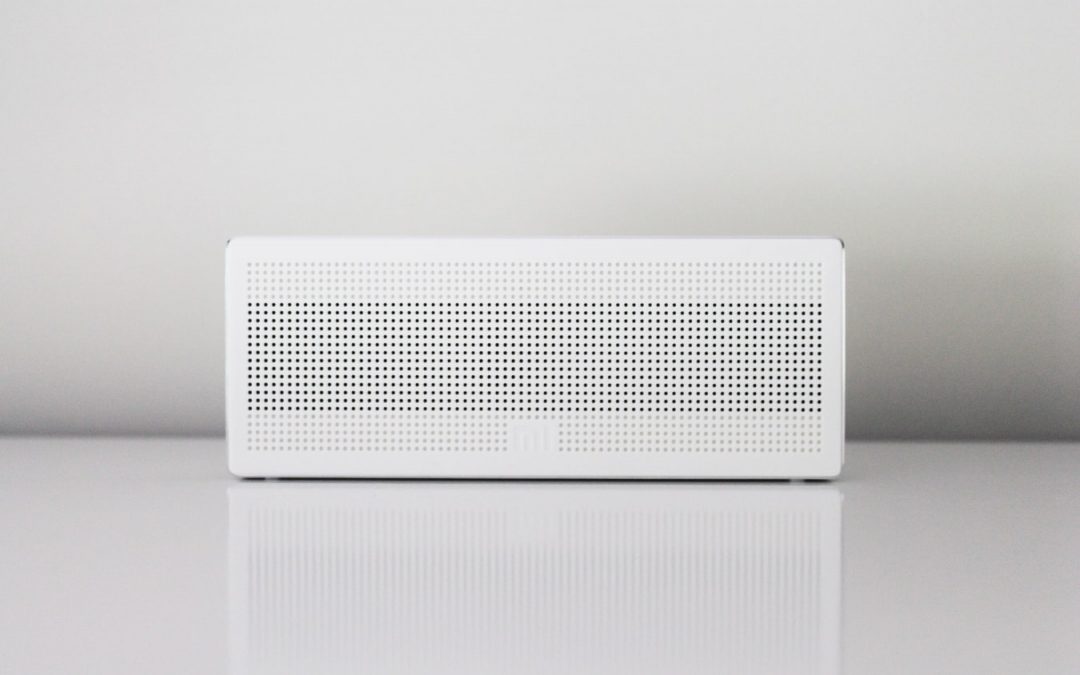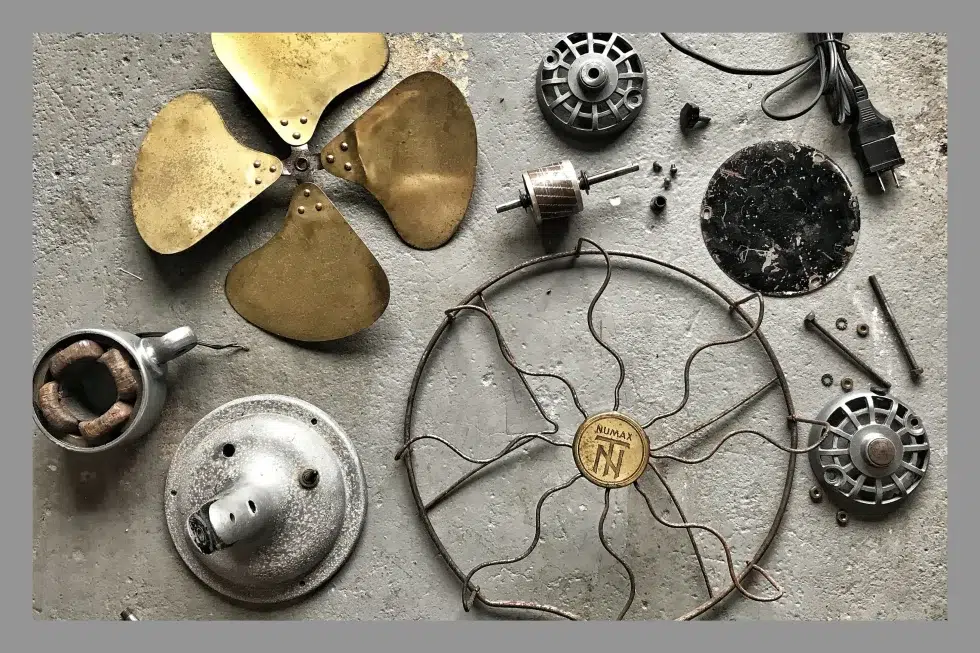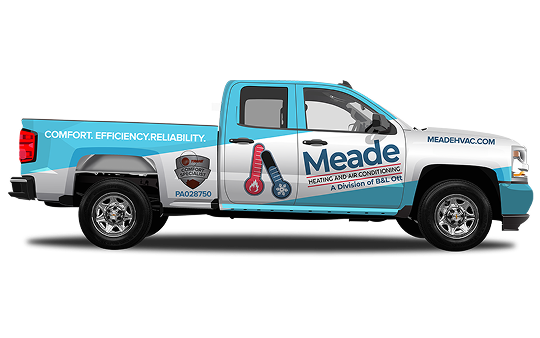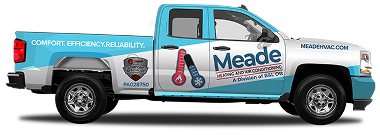How to Improve Your Indoor Air Quality

When it comes to keeping your family comfortable, monitoring your indoor air quality is important. Your family likely spends most of their time inside. Therefore, you want the air in your home to be comfortable and breathable. It is always a good idea to look for ways to improve the air quality in your home. There are countless ways to do so, all from simple and cheap solutions to more effective solutions. If you want to learn more, check out the helpful tips below or talk to the professionals at Meade.
Testing Your Indoor Air Quality
One of the first steps you will want to take is to figure out what aspects of your home air quality need improvement. Below you will find some common issues you can test. All of these pollutants can affect your home and family in various ways. Therefore, you will want to take the necessary precautions to avoid major consequences.
Testing for Allergens
If you or anyone in your family has allergies, reducing allergens in your home should be one of your priorities. No one wants to sneeze, cough, or blow their nose all day. While it is difficult to eliminate all of the allergens in your home, there are plenty of ways to reduce the number of allergens. Here are a few.
- Clean often.
- Reduce materials that trap allergens such as carpets.
- Reduce clutter.
- Keep windows and doors closed.
- Take off shoes when entering your home.
- Keep the temperature and humidity in your home on the lower side.
- Change your HVAC system filter.
- Keep pets outside as much as possible.
When you can reduce the allergens in your home, you can also reduce your family’s symptoms.
Testing Carbon Monoxide Levels
Carbon monoxide can be extremely dangerous for you and your family. If you are exposed to carbon monoxide, it can have very serious or even deadly consequences. That is why it is extremely important to make sure to take necessary precautions. Kerosene space heaters, wood stoves, fireplaces, gas stoves, and gas clothes dryers can all pose a carbon monoxide threat if something goes wrong with your appliance. The best way to protect your family is with a carbon monoxide detector. You should have one on every level of your home, including the basement.
Testing Asbestos Levels
Asbestos is a fibrous mineral that is commonly used in building materials. Exposure to asbestos can cause various cancers and other serious diseases. You can asbestos home test kits online or in most super or home improvement stores. This involves taking samples and sending them into a lab for tests. The lab will then provide you with the test results so you know if you have to take further action. If you do find asbestos, you will need to call in professional services to remove it for you.
Testing for Mold
Mold spores are present everywhere. Yet, if they have high humidity levels at the right temperature, they can thrive. Then you may find your family experiencing symptoms such as sneezing, coughing, runny nose, blocked nose, itchy or watery eyes, rashes, sore throats, and more. There are also different types of mold and some can produce poisonous chemicals.
It is important to protect your family by testing for mold, especially in humid areas like the bathroom or basement. Like asbestos, you can get kits to test for mold, or you can contact a mold removal company for a consultation.
Testing for Lead
Lead can be found in lead-based art supplies, contaminated soil, dust, drinking water, and some gasoline products. If you or someone in your family ingests lead, they may experience symptoms with their central nervous system, renal system, and blood cells. You can also experience headaches, sleeping problems, fatigue, numbness, memory loss, and more. If children ingest lead, their mental and physical development can be impaired. Lead home testing kits and professional services are available if you are concerned about lead in your home.
DIY: 7 Easy Steps to Improve Your Air Quality
As mentioned before, there are a variety of tasks you can perform or products you can buy to help improve your indoor air quality. You will find some of these below. Some are fairly simple and budget-friendly while others cost a bit more, but can more significantly improve your indoor air quality. Check out the list below or talk to the professionals at Meade to figure out what solutions are best for your home and family.

Change Your HVAC System Filter
It is important to change your air conditioning filter on a regular basis. Most standard models should be changed on a monthly basis. If you neglect this maintenance step, it will get clogged, stop working properly, and cause pollutants to blow into your home. You should also check filters in any other household appliances you may have.
Check Your Air Ducts
Over time, dust will collect in your air ducts as well. When this happens, air passing through can blow this dust into your home. This reduces the air quality in your home and can cause breathing problems for your family. Air ducts should receive maintenance every 8-10 years by a professional HVAC contractor.
Control Humidity in Your Home
High humidity breeds contaminants like mold and mildew. The more pollutants there are in your home’s air, the more symptoms your family will experience. Keep mold and mildew levels low by controlling the humidity in your home. Most thermostats will tell you the humidity in the air, however, you can also buy a humidistat. Keep humidity levels below 55%.
Keep Your Rugs and Carpets Clean
Rugs and carpets can also store dust, dirt, and other pollutants. By vacuuming and cleaning regularly, you can help limit the contaminants in your home. You should do so at least once per week.
Keep Your Floors Clean
Even if you vacuum, there can still be dust left behind. Don’t forget to take care of your hardwood floors as well. Mop regularly. Use just some water and a microfiber cloth mop.
Buy Indoor Plants
Plants can naturally filter the air in your home and improve your overall indoor air quality. Some plants are more effective than others so be sure to do some research. Ferns, lilies, and palm trees are some good options. Plants can also enhance your home decor and add life to a room.
Make Sure Your Home Is a No-Smoking Zone
Cigarette smoke can greatly affect your indoor air quality. Cigarettes contain all sorts of chemicals that harm both you and your family. Keep smoke out of your home so your family can be happy and healthy.
Consider Air Purifiers
One of the best solutions to help remove the contaminants in your home is to get an air purifier. Air purifiers cycle the air in your home through one or more filters to trap the contaminants and remove them from your home. They can provide you with a variety of benefits including:
- Fresher Air – Air purifiers provide you with fresher air that is easier to breathe.
- Healthier Air – Some models can help avoid the spread of germs in your home.
- Fewer Allergy Symptoms – Air purifiers help remove the allergens in the air and reduce the symptoms of allergy sufferers.
- Reduced Odors – Air purifiers can help trap some of the airborne particles that cause your home to smell.
- Less Pet Fur and Dander – If your furry friend sheds and caused your home to smell, an air purifier can help reduce these effects.
- Less Dust Buildup – Air purifiers can help slow dust accumulation so you don’t have to clean quite as often.
- Increased HVAC System Life – Having an air purifier lessens some of the burden on your AC system. With this in mind, your system can last longer and need fewer repairs.
Choosing the Right Air Purifier
If you are interested in getting an air purifier, there are plenty of different types and models to choose from. Each one has different advantages over the next one so it is important to figure out what factors are most important to you and your family. This way you can choose the best one for your home. The professionals at Meade are also happy to help if you need further assistance.







